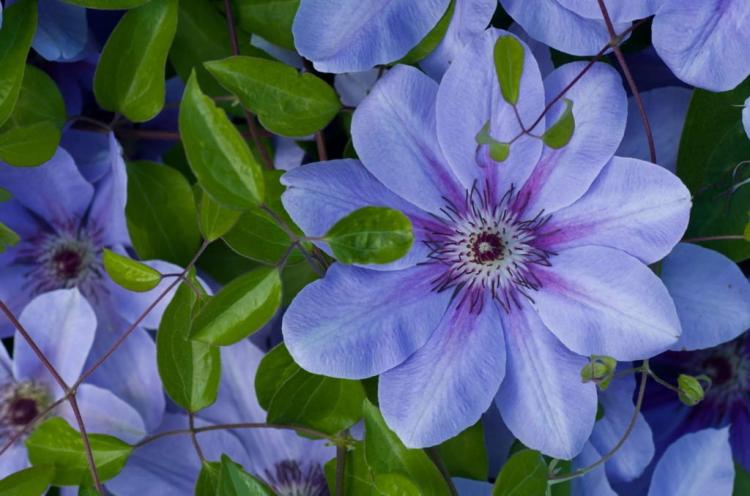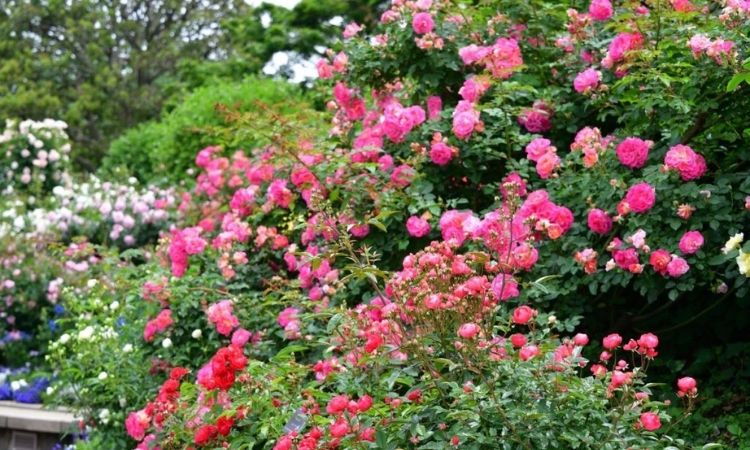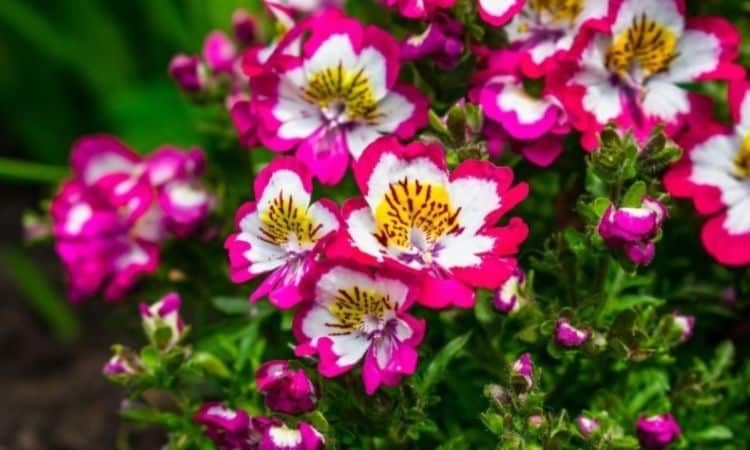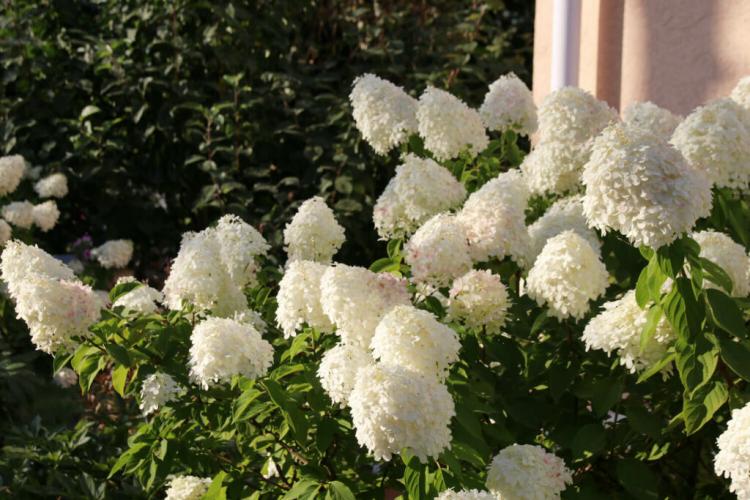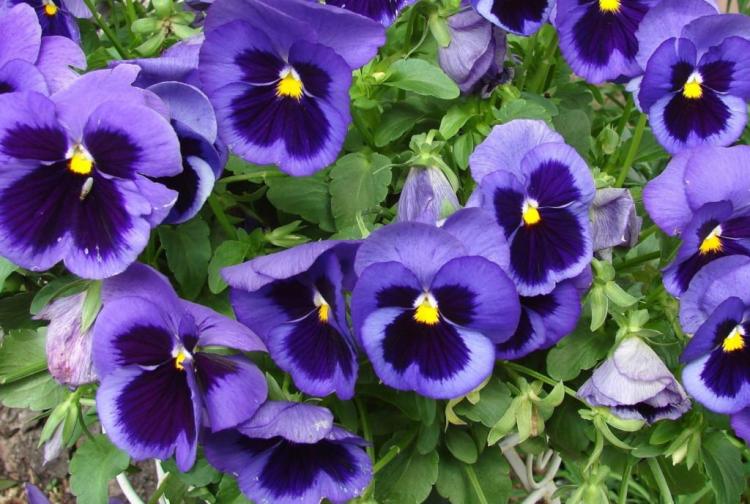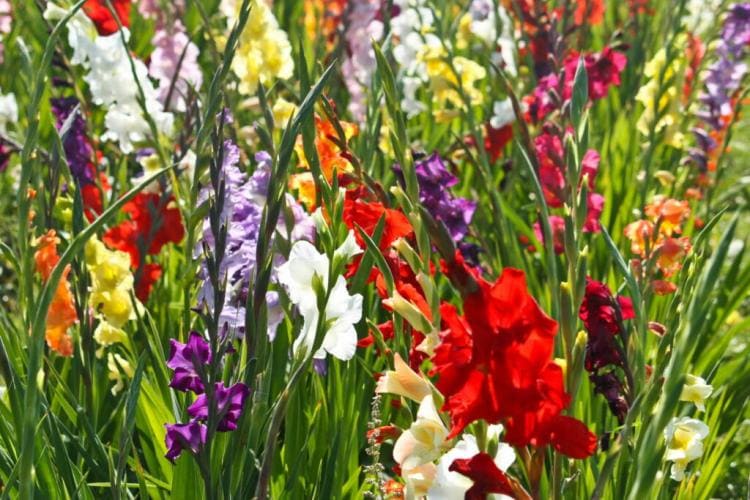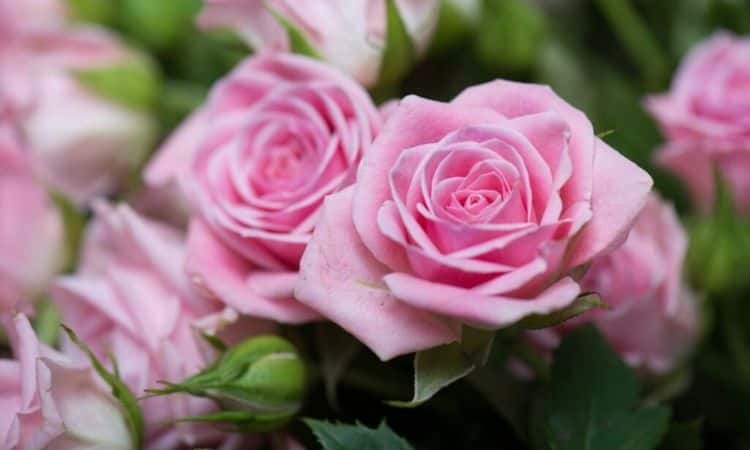Clematis Types: Hardy And Special Varieties (Overview)
Clematis offers an infinite variety of flower colors and shapes. We have an overview of the most beautiful clematis species and varieties for you.
Clematis ( Clematis ) are among the most beautiful flowering plants in gardens in this country – with their large and colorful flowers, the climbing plant provides a Mediterranean flair and also thrives splendidly in the USA. There is a multitude of different types and varieties of clematis, each with its own charm. We present the most popular and beautiful variations.
Clematis: properties and characteristics
Table of Contents
The clematis is a whole genus of plants that includes around 300 species worldwide. The buttercup family (Ranunculaceae) occurs predominantly in the temperate latitudes, several species are also native to the USA. Due to its characteristics as a climbing plant, it is particularly popular on fences and walls and blooms at different times of the year depending on the type and variety.
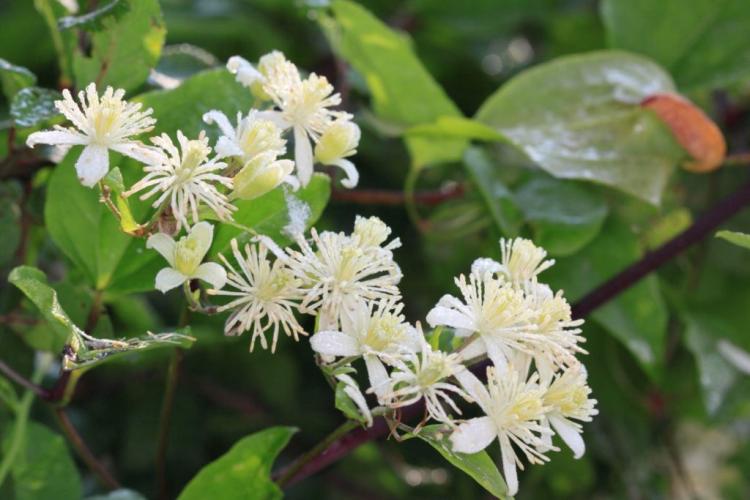
Winter hardy Clematis varieties and species
Before choosing a clematis to plant in the garden, it is helpful to have an overview of suitable species. Not every type of clematis is equally suitable for wintering outdoors, which is why we are presenting particularly hardy specimens:
- Clematis Alpina a: Very hardy species; also called alpine clematis; comes from Europe and is characterized by pointed petals; rather inconspicuous appearance. Popular varieties: ‘Ruby’ (purple-violet), ‘Frances Rivis’ (blue).
- Clematis viticella: Italian clematis; very hardy; late flowering; mostly red to purple flowers. Popular varieties: ‘Etoile Violette’ (dark purple), ‘Polish Spirit’ (dark purple), ‘Rubra’ (dark red).
- Clematis vitalba: hardy and native species; is also known as common clematis; medium to late flowering.
You Might Also Like Fertilizing Clematis
Clematis for the bucket
Not all clematis species are hardy and suitable for outdoor cultivation. For all such species and varieties (as well as non-climbing specimens), it is worth keeping in large pots, which can be conveniently placed in a frost-free place during the winter. A particularly suitable species for keeping in pots is Clematis integrifolia, which grows as a perennial and, unlike other species of the genus, does not tend to grow. In this way, the so-called whole-leaved clematis remains rather bushy and small. Clematis texensis is also small in comparison to high-climbing species of clematis, which is well suited for cultivation in pots. In principle, you should only choose species and varieties that do not grow too long.
You might so like: Top 60 Blue Flowers For Your Home And Garden
Particularly long-flowering clematis
Since the clematis is valued primarily for its flowering, the choice of a particularly long-flowering species is obvious. In general, there are two options for this:
- Twice-blooming hybrids: Such varieties impress with their first bloom in early summer and another approximately six weeks later. Popular varieties: ‘Dr. Ruppel ‘(pink marbled) and’ Asao ‘(pink).
- Summer-blooming species with a long blooming period: Particularly suitable species are the Italian clematis ( Clematis viticella ), which bloom from June to September. Popular varieties: ‘Polish Spirit’ (purple) and ‘Etoile Violett’ (purple). The species Clematis texensis is also considered to be long-flowering. The variety ‘Radiance’ (white-purple) is popular.

Clematis Montana and its variety
The clematis Montana, also known as the mountain clematis, is one of the most popular species and has an immense variety of varieties. We present the most important:
- ‘Rubens’: Very hardy variety with light pink flowers; high growth up to 12 meters.
- ‘Mayleen’: Tall growing variety with large, light pink flowers; the light vanilla scent of the flower.
- ‘Tetra Rose’: Very large flowers and tall growth; pink flower color.
- ‘Grandiflora’: brilliant white flowers; strong growth.
- ‘Odorata’: Small, light pink flowers; hardy; abundant flowering from May to June.
- ‘Jenny Keay’: Double, large flowers; white to pink flower color, small growth.
While some strains of Clematis grow well without pruning, others require regular pruning to flower. We have summarized the best tips on clematis cutting for you.
